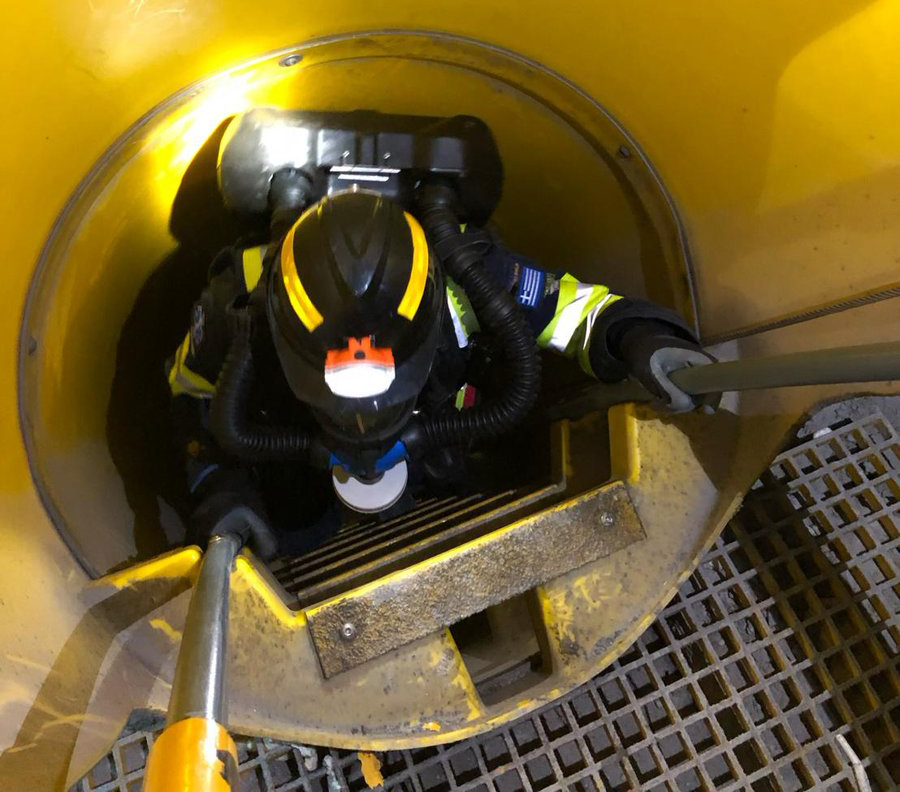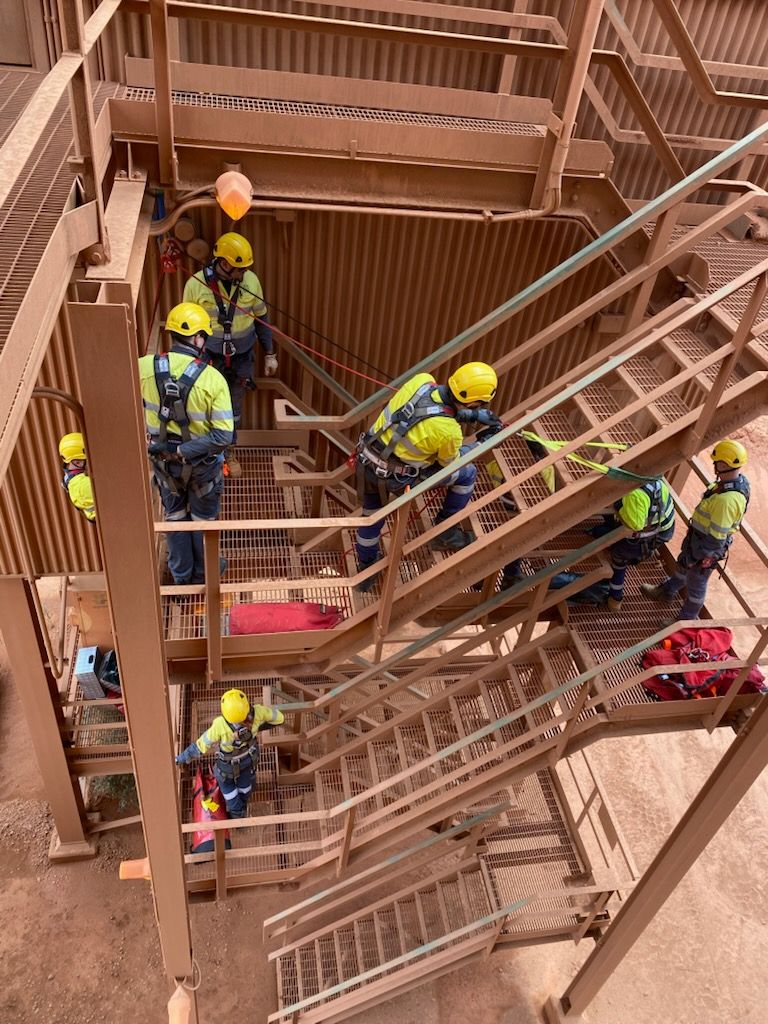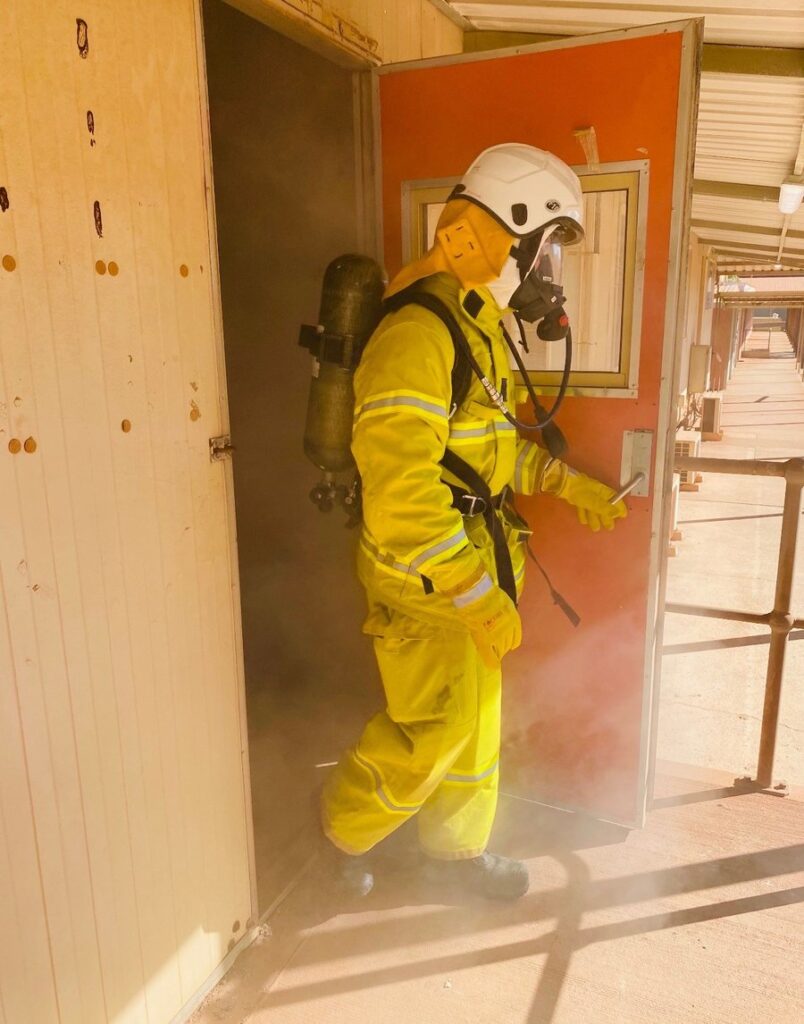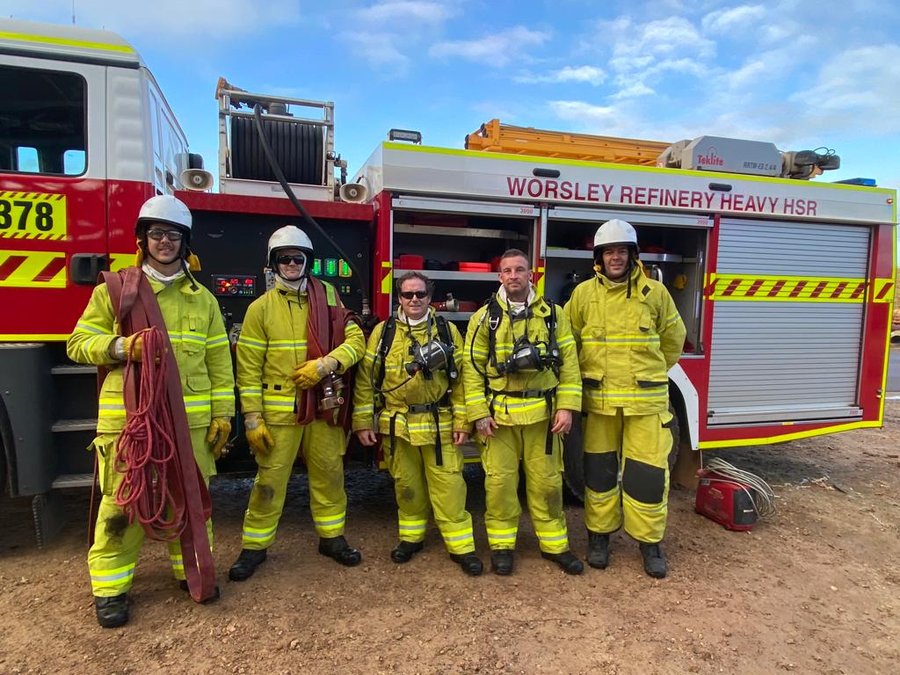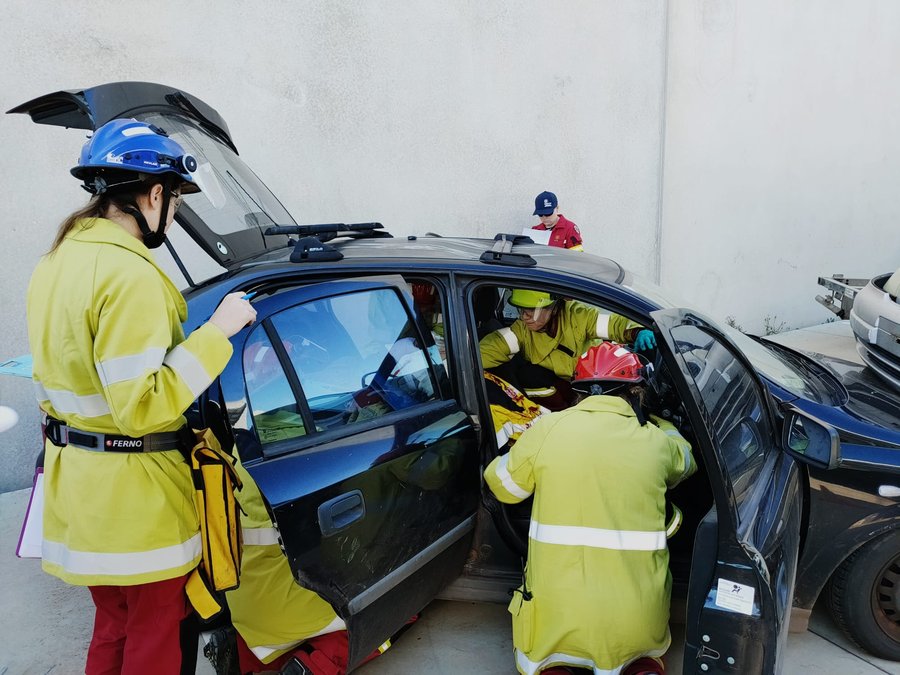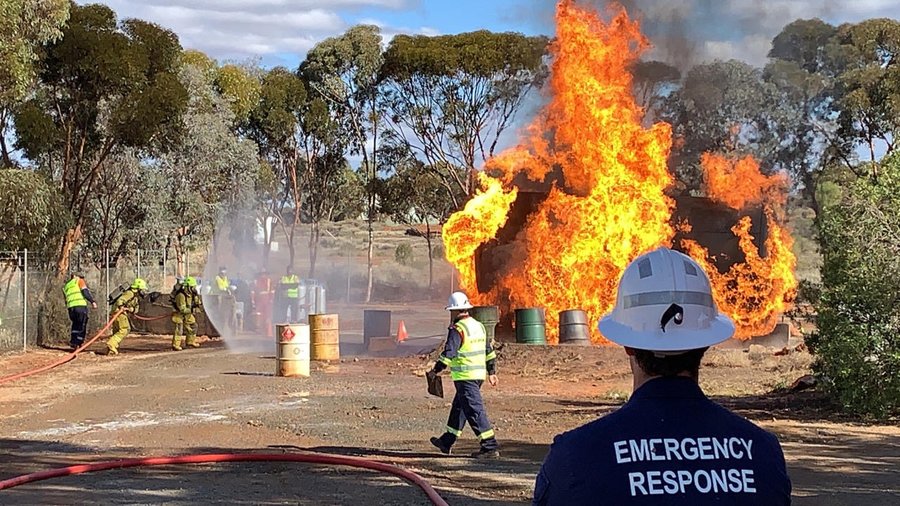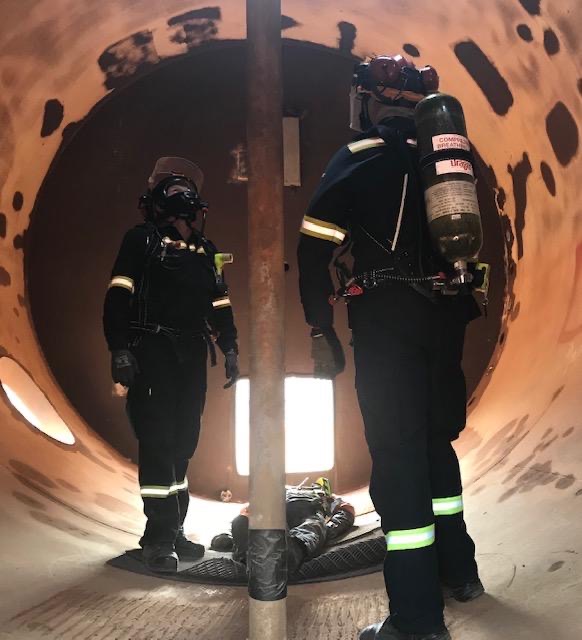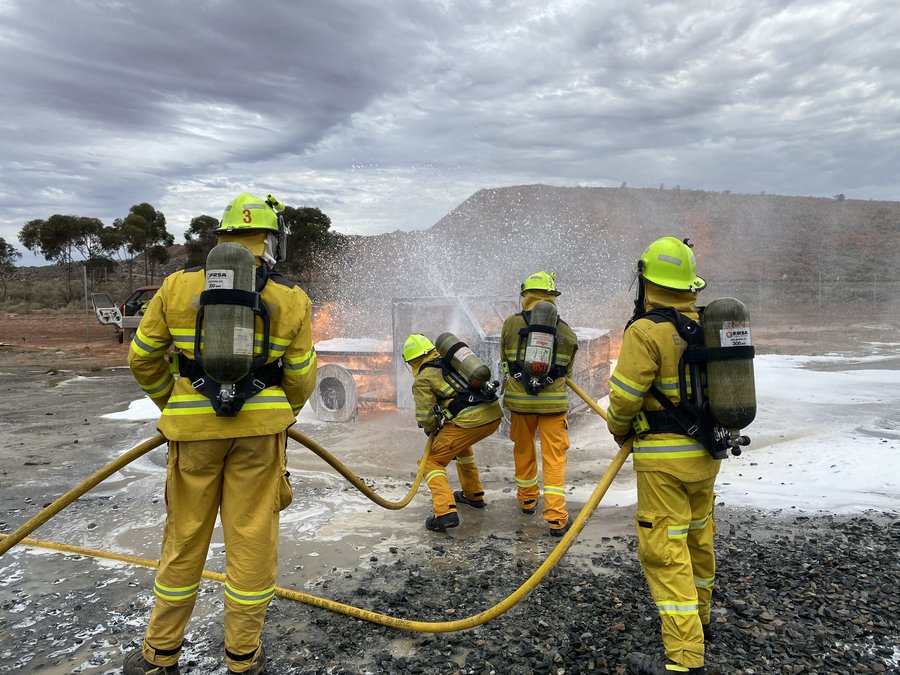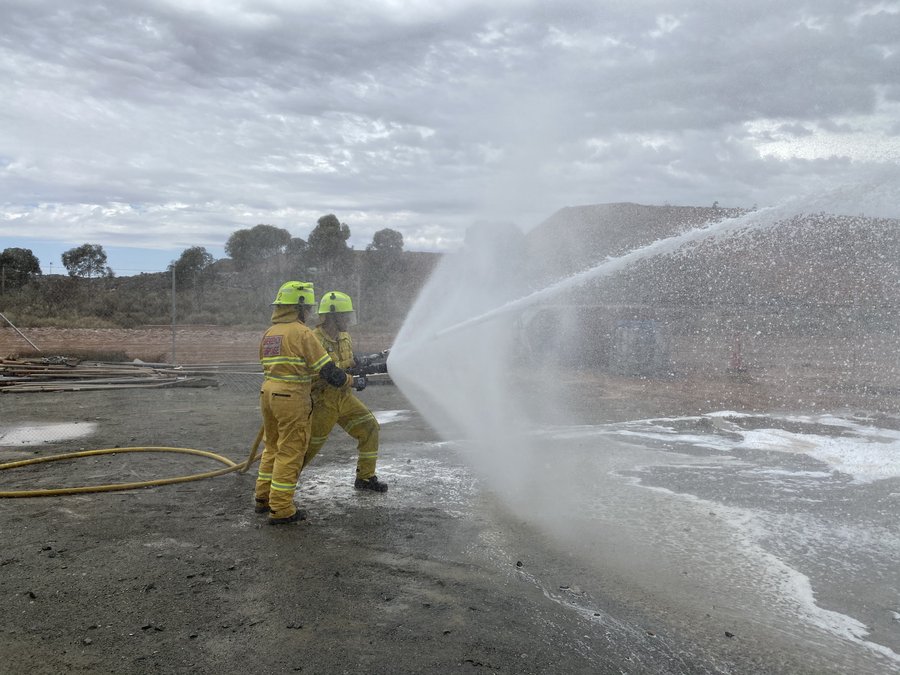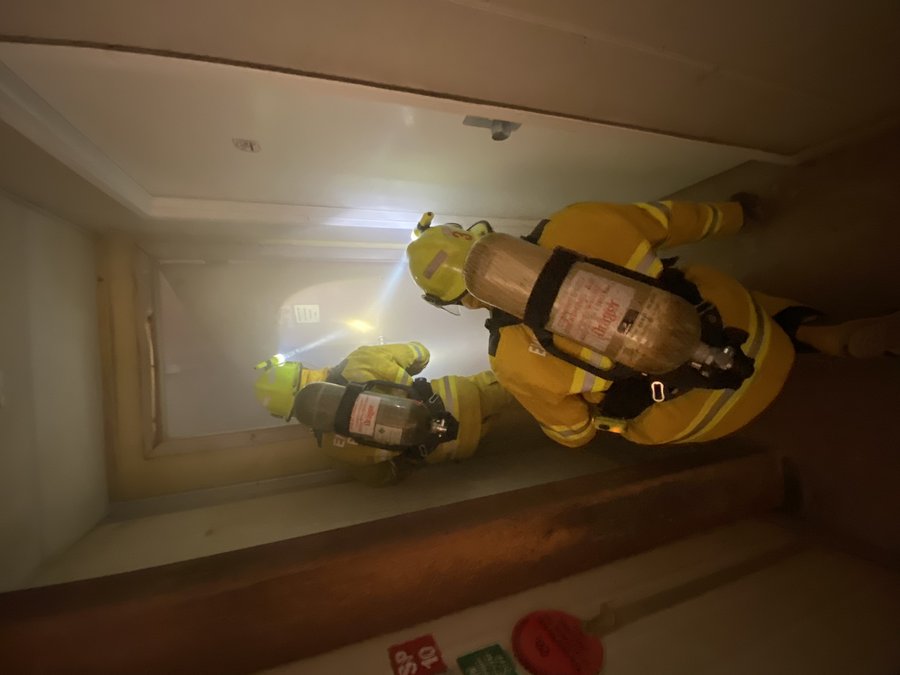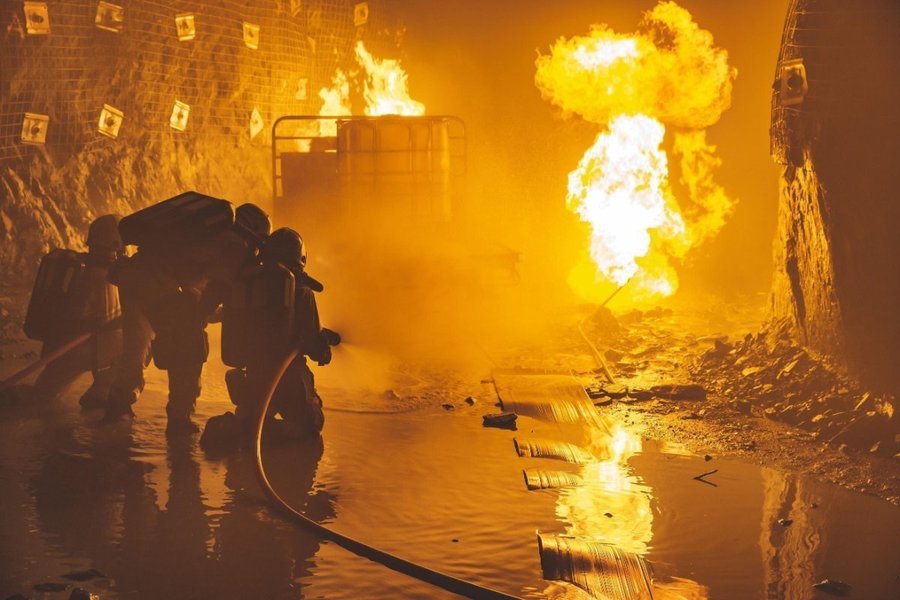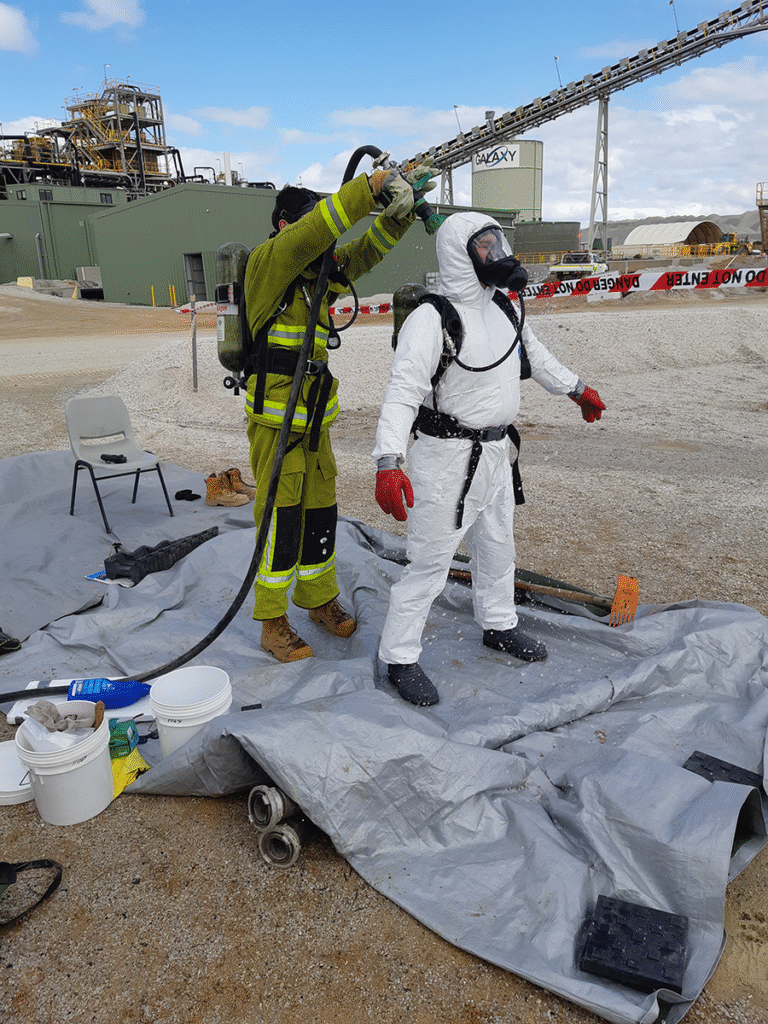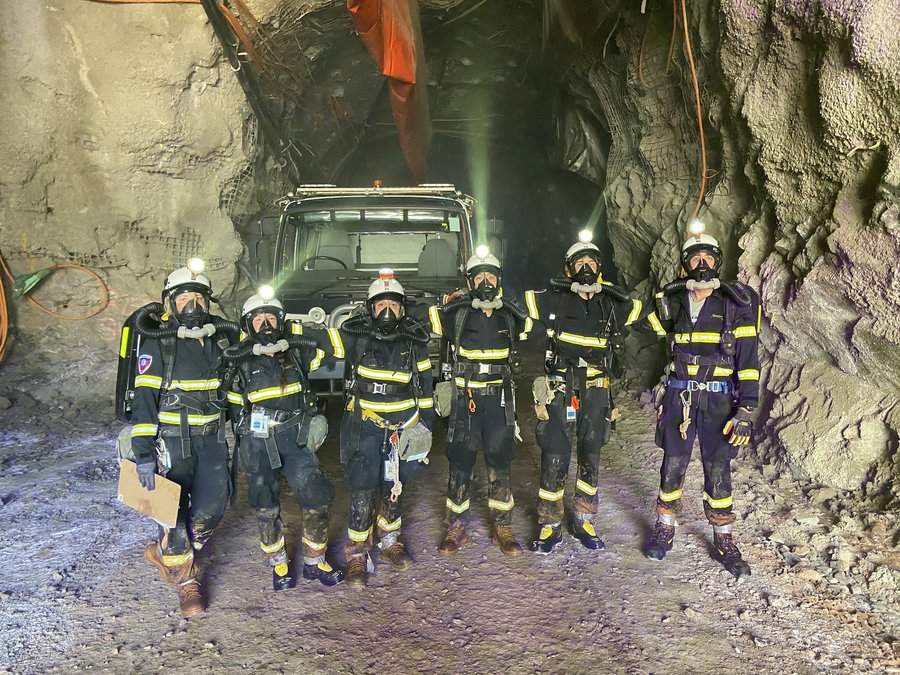Hazardous Materials Response (HAZMAT) Training
Developed by Parabellum International Training (RTO Code: 51786), in consultation with industry, this program includes three units of competency: PUAFIR306 Identify, detect and monitor hazardous materials, PUAFIR308 Employ personal protection, and PUAFIR324 Render hazardous materials incidents safe. The program builds core skills for responding to hazardous materials incidents safely and effectively. Through a blend of theory and hands-on practice, students gain the knowledge and confidence to identify hazards, apply control measures, and protect themselves and others in high-risk environments.
Fill in the form and
we will be in touch!
"*" indicates required fields

This nationally recognised training is designed for personnel who are required to respond to incidents involving hazardous materials and dangerous goods. The course equips students with the knowledge and practical skills to safely identify, assess, and manage hazardous materials incidents in a range of industrial environments.
The training clusters three key units of competency:
-
PUAFIR306 Identify, detect and monitor hazardous materials at an incident
-
PUAFIR308 Employ personal protection at a hazardous materials incident
-
PUAFIR324 Render hazardous materials incidents safe
Students will develop the capability to detect and monitor contaminants using specialist equipment, assess the associated risks, and implement effective control measures to isolate and mitigate those risks. The course also covers the selection, testing, and use of appropriate personal protective equipment (PPE) and protective clothing when operating in hazardous environments.
This training is ideal for individuals working in emergency response and operational roles within the mining, resources, energy, and heavy industrial sectors. It is particularly suited to:
- Emergency Response Team (ERT) Members and Leaders
- Operations and Maintenance Team Members and Leaders
- Site Technicians and HAZMAT Responders

This course is comprised of three units of competency, which are delivered and assessed in sequence to satisfy pre-requisite requirements.
PUAFIR306 Identify, detect and monitor hazardous materials at an incident
This unit of competency involves the skills and knowledge required to use specific equipment to detect airborne contaminants, liquids and solids at a hazardous materials incident. The unit applies to personnel required to detect and identify contaminants at a hazardous materials incident using specialist equipment to identify the materials, assess risks posed by the materials identified and to formulate a plan for their safe isolation and mitigation.
PUAFIR308 Employ personal protection at a hazardous materials incident
This unit of competency involves the skills and knowledge required to select, don, test and safely operate appropriate personal protective clothing and equipment at an incident involving dangerous goods and hazardous chemicals as well as safely combatting incidents involving hazardous materials.
PUAFIR324 Render hazardous materials incidents safe
This unit of competency involves the skills and knowledge required to safely combat incidents involving hazardous materials. The unit applies to personnel who respond to incidents involving hazardous materials and who have the skills and knowledge to identify and assess hazards and risks and contribute to the development, implementation and review of the plan constructed to mitigate the risks they pose to the public and the environment.
Upon successful completion, students will possess the essential skills to safely and effectively manage hazardous materials incidents in various environments.
Entry Requirements
To enrol in the Hazardous Materials Response (HAZMAT) Training, students must meet the following entry requirements:
- Provide a government-issued photo identification (e.g. driver’s licence, passport) at the time of enrolment.
- Hold a valid Unique Student Identifier (USI). This is a mandatory requirement for issuing nationally recognised qualifications in Australia.
- Complete a Language, Literacy, Numeracy, and Digital Literacy (LLND) assessment at a minimum of Australian Core Skills Framework (ACSF) Level 2 prior to course commencement. This assessment helps determine whether additional learning support is required to successfully complete the qualification.
- Complete a Health and Fitness Declaration. Students are required to declare any medical condition(s) that may prevent or limit their ability to safely and fully participate in all units of the course.
Student Responsibilities and Practical Requirements
- Approximately 12 months industry experience.
- Possess a Laptop/Tablet which they are able to bring with them on training day.
- Students must have a reasonable level of physical fitness and be capable of lifting and carrying loads of at least 20 kilograms, working in confined spaces, and performing physically demanding emergency response tasks as part of the practical training and assessment requirements.
- Can climb stairs and ladders whilst carrying a load.
- Can manage the mental and physical effects of a fear of heights.
- Be clean shaven as per AS1715

- Communicate in a clear manner with others.
- Read and Record measurements.
- Record information legibly.
- Read and comply with work instructions and specifications.
- Wear long pants, long sleeved shirt, safety boots, safety glasses and sun protection on face-to-face training days.
For further information or enquiries regarding course entry requirements, please contact Parabellum International Training at training@parabellum.com.au.
Please review the prerequisites for the specific units listed below:
- PUAFIR306 Identify, detect, and monitor hazardous materials at an incident
- PUAFIR308 Employ personal protection at a hazardous materials incident
- PUAFIR324 Render hazardous materials incidents safe
Prerequisite Unit: PUAFIR207 Operate breathing apparatus open circuit
Students must be deemed competent for the prerequisite unit of competency mentioned above to commence the Hazardous Materials Response (HAZMAT) Training.
Mode of Delivery
The Hazardous Materials Response (HAZMAT) Training is delivered through a combination of theoretical and practical components, led by experienced and qualified trainers who maintain current industry knowledge in fire, emergency response, and rescue operations.
The course is delivered through a combination of structured learning methods, including:
- Face-to-face practical training exercises
- Self-paced online learning modules
- Workplace-based training conducted in real or simulated work environments
- Blended learning activities, such as workplace simulations and digital assessments integrated with practical demonstrations
This blended approach provides flexibility while ensuring that students develop both the theoretical knowledge and hands-on practical skills required to demonstrate competency in emergency response and rescue operations.
This approach allows for flexibility while ensuring students develop both the knowledge and hands-on skills required for competency in emergency response roles.
Assessment Methods
Assessment is conducted by qualified assessors using a combination of tools and methods, in accordance with the principles of assessment (fairness, flexibility, validity, reliability) and the rules of evidence (valid, sufficient, current, authentic). Students will be assessed as either Competent or Not Yet Competent based on their performance against the unit requirements.
Assessment methods may include:
- Direct observation of practical skills and tasks during training exercises
- Verbal questioning to assess underpinning knowledge
- Written responses to theory-based questions
- Portfolio evidence, including completed workplace documents or work samples
- A combination of the above methods, as appropriate for each unit
Evidence Collection
Evidence of competency is gathered throughout the course and may include:
- Completion of theory questions through structured learning plans in the Learning Management System (LMS)
- Observation checklists completed by the trainer during practical assessments
- Submission of portfolio evidence, such as workplace forms, reports, or documentation relevant to unit outcomes
This comprehensive approach ensures all students are assessed fairly, consistently, and in accordance with the unit requirements of the Hazardous Materials Response (HAZMAT) Training.
Recognition of Prior Learning (RPL) and Credit Transfer (CT)
Parabellum International Training RTO (51786) offers Recognition of Prior Learning (RPL) for students who can demonstrate prior skills and experience relevant to the course outcomes. Students may also be eligible for Credit Transfer (CT) for units of competency they have previously completed through another Registered Training Organisation (RTO).
RPL and CT applications are assessed individually in accordance with our RPL/CT Policy and the requirements of the training package.
Issued by Parabellum International Training (RTO Code: 51786)
Students who successfully complete all assessment requirements of the course will receive a nationally recognised Statement of Attainment, listing the following units of competency:
PUAFIR306 Identify, detect and monitor hazardous materials at an incident
PUAFIR308 Employ personal protection at a hazardous materials incident
PURFIR324 Render hazardous materials incidents safe
The Statement of Attainment is issued in accordance with the Australian Qualifications Framework (AQF) and complies with the Standards for Registered Training Organisations (RTOs) 2025.
To express your interest or enquire about upcoming availability, please contact our team at training@parabellum.com.au
Fill in the form and
we will be in touch!
"*" indicates required fields
Get in Touch
Enquire About Our Training Courses
Fill out the form below and you will be one step closer to your qualification.






